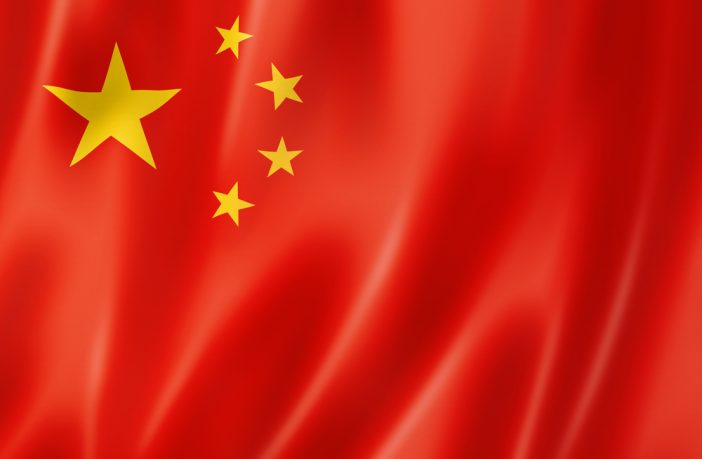- A report by Greenpeace has found in the five years since China announced the continent spanning ‘One Belt, One Road’ infrastructure plan, investment in Belt & Road countries has supported 12.6 GW of wind and solar power generation capacity.
- That compares with just 450 MW which came online in the territories before 2014.
- The initiative has also supported 68 GW of new coal capacity.
A study published this week by environmental charity Greenpeace found China’s Belt & Road Initiative has led an investment surge in energy infrastructure in the regions covered by the plan – particularly south and Southeast Asia – over the past five years.
According to the NGO, Chinese equity investment in solar, wind and coal power projects in south and Southeast Asia rose 1,370% during 2014-2019, compared to the previous five years.
The Greenpeace study shows 12,622 MW of wind and solar power generation capacity along the Belt & Road route was supported by Chinese equity investment, alongside 67.9 GW of coal capacity. Some 93% of the wind and solar investment – and 94% of the coal projects – went to south and Southeast Asia.
“Solar now presents a serious rebuttal to any pattern of Chinese overseas pro-coal bias,” said Liu Junyan, a Beijing-based climate and energy campaigner with Greenpeace East Asia. “Chinese investors’ ratio of coal to solar is now the same at home and abroad – both are still six-to-one coal, unfortunately, but I’m amazed to see what five years of equity investment in solar made possible.”
Pakistan benefits
Of the 12.6 GW of renewables capacity to be funded by Chinese investment, 1.7 GW has already been installed – 1.2 GW of it solar. For PV, that represents a 280% increase in capacity funded through equity investment. At the end of last year, a further 10.8 GW project pipeline in Belt & Road countries had received equity investment from Chinese companies. The largest single recipient of Belt & Road related investment was Pakistan, where equity investments from China accounted for 36.8% of the country’s new wind capacity from 2014 to 2018.
The Belt & Road route covers a wide corridor along the former overland Silk Road and maritime Spice Route from China to Europe across Asia and includes central Asia, the Middle East, parts of Africa and southern Europe.
For renewables and coal, equity in projects is the primary form of investment. Greenpeace pointed out for coal the rise of renewables represents a serious threat.
“Equity ties Chinese investors to overseas coal projects for the long run,” said Wang Yan, of Greenpeace East Asia. “And there’s a slew of financial, environmental and regulatory risks on the horizon. But the equity model also gives Chinese enterprises license to invest in a variety of projects. It’s Beijing’s job to educate Chinese companies on coal risks and the potential of equity investment in renewables before a series of bad investments put a stink on the whole Belt & Road.”
Author: Mark Hutchins
This article was originally published in pv magazine and is republished with permission.















